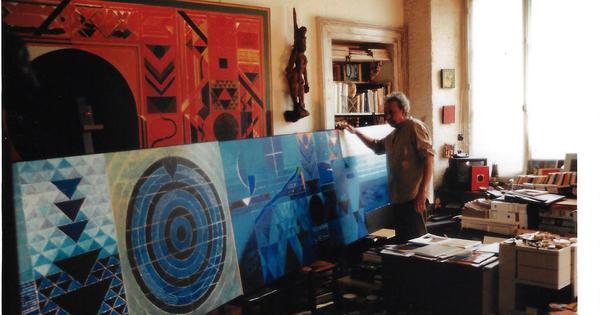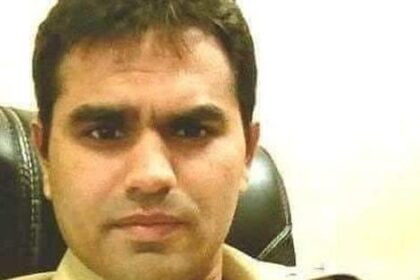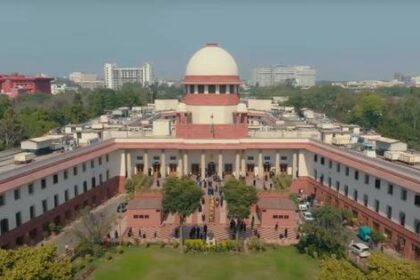Exploring the evolution of Syed Haider Raza’s later works through themes of nature and emotion.
Syed Haider Raza’s artistic journey was marked by a profound search for the intangible, a quest that persisted throughout his life and continued until his final moments. His evolution as an artist over the span of six decades reflects a shift from translating the visual onto canvas to a deeper exploration of emotions and moods. This transformation was characterized by his engagement with simple yet profound experiences, such as the contrasts of night and day, joy and anguish, and the changing seasons. These elements became silent companions in his work, expressed through the fluidity of his brushwork.
In his later years, Raza’s paintings embraced minimalist landscapes, intertwining geometry and symbolism while hinting at the power of language. His artwork became imbued with the echoes of a life fully lived. One notable piece, “Kanha Kisli,” pays homage to the Kanha Tiger Reserve, reflecting his deep-rooted affection for the forests of Madhya Pradesh, where he spent much of his childhood. Raza’s father served as a forest warden, unaware that his son would one day emerge as a key figure in Indian contemporary art. Kanha, established in 1955, is renowned for its robust population of big cats and has garnered recognition as one of India’s best-managed wildlife zones. Raza took pride in the efforts to conserve endangered species, such as the barasingha, which was brought back from the brink of extinction in one of the country’s most successful conservation initiatives.
The reserve is also known for its connection to Rudyard Kipling’s “The Jungle Book,” a childhood classic that resonated with Raza, eliciting reflections on the boundless potential of human imagination. His painting evokes a monsoon atmosphere, with a palette that suggests a soft effusion of colors. The harmony of blended strokes creates a nimbus-like grey, contributing to a sense of hushed musicality in the artwork.
During his later artistic phase, Raza’s approach to pictorial space became less rigid, allowing him to experiment with light and color in nature. He seemed to redefine the landscape painting genre, centering his strokes in a minimalist manner. This stylistic evolution is evident in his works from this period, including a 2012 piece that evokes memories of his time teaching at the University of California, Berkeley, in 1962. Raza’s exposure to abstract expressionists, such as Sam Francis, Hans Hofmann, and Mark Rothko, significantly influenced his artistic vision. In a 2007 interview, he reflected on how Rothko’s works opened new avenues of thought for him, contrasting sharply with the realism of the European School.
In the twilight of his life, Raza revisited concepts of Purush Prakriti, a theme that held great significance for him. He allowed his brush strokes and spatial usage to take on a definitive quality, creating expressions within the frames of his works. Utilizing quick-drying acrylic paints facilitated dynamic gestures, leading to what is sometimes referred to as “lyrical abstraction.” Raza drew inspiration from his childhood memories in the central Indian forests, while also incorporating traditional Indian theories of color and aesthetics, alongside the influences of Sanskrit and Urdu poetry, and the teachings of Buddhist meditation practices he encountered in the early 2000s.
Crucially, Raza’s exploration of color became a central theme in his later works. He emphasized color not merely as a formal element but as an emotionally charged aspect of his paintings. The movements and interactions of colors on his canvases reflected and embodied emotional content, marking a shift from earlier objectivity to a more subjective expression. In this phase, colors began to carry the weight of emotions more profoundly than ever before, showcasing Raza’s commitment to conveying deeper meanings through his art.








